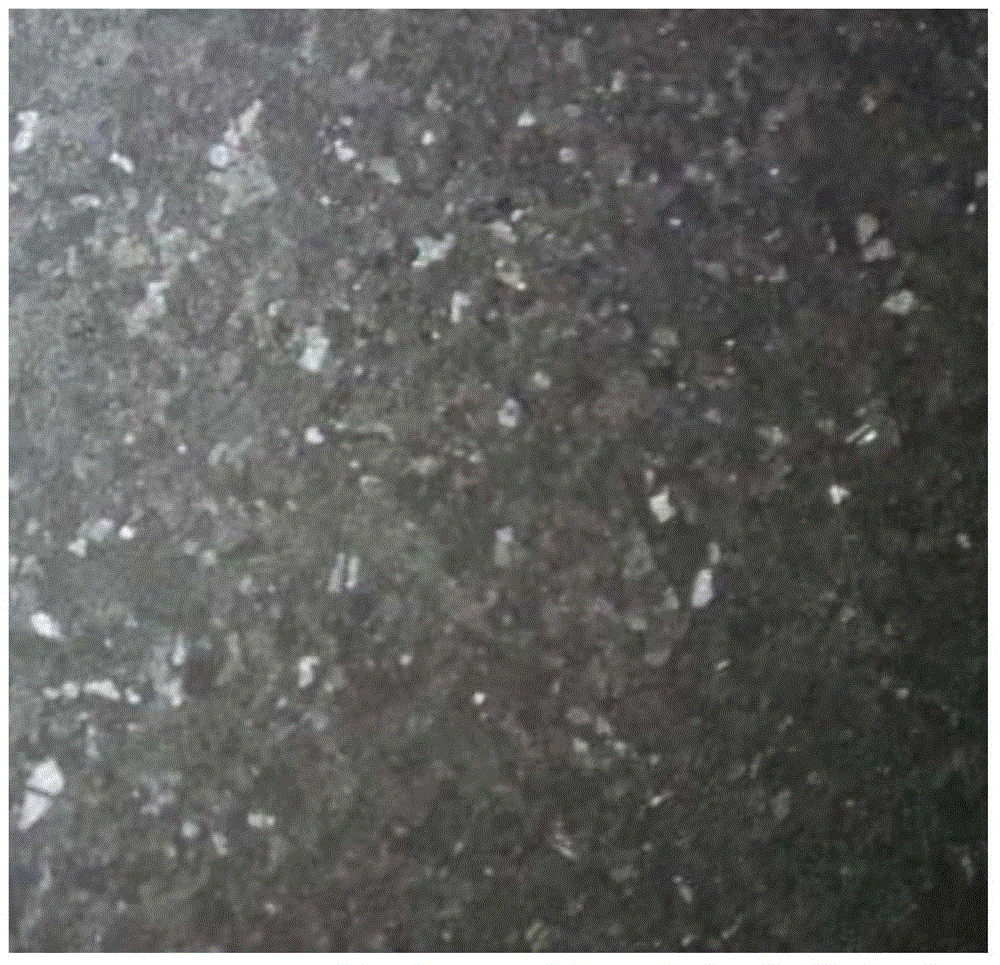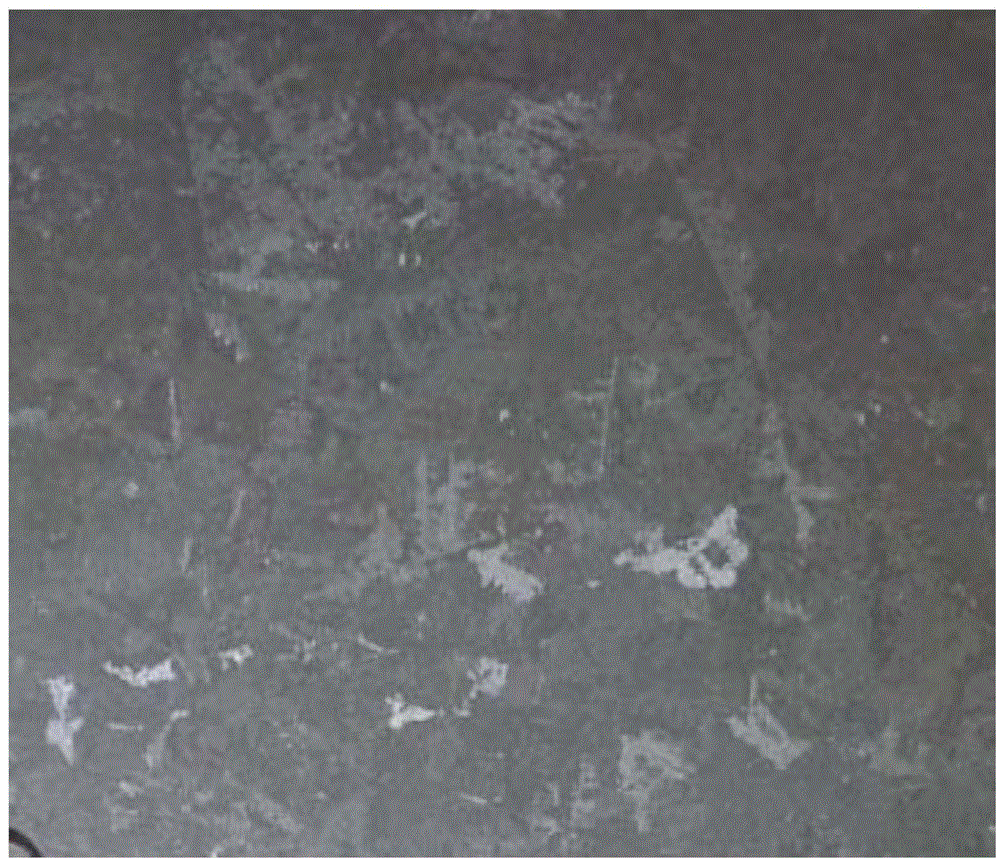Casting method for polycrystalline silicon ingot
A polycrystalline silicon ingot and polycrystalline furnace technology, which is applied in the field of polycrystalline silicon solar cells, can solve the problems of easy generation of dislocations, disordered crystal orientation, and excessive oxygen content.
- Summary
- Abstract
- Description
- Claims
- Application Information
AI Technical Summary
Problems solved by technology
Method used
Image
Examples
Embodiment 1
[0064] Embodiment 1: the preparation of polycrystalline silicon ingot
[0065] First, the silicon material is filled into a common crucible sprayed with a silicon nitride coating. That is, spread the blocky head and tail recycled materials on the bottom of the crucible from one corner, and do not leave gaps between the blocky recycled materials. Then spread around the crucible with edge scrap to protect the coating. Then stack the reclaimed crystal bricks in the remaining silicon material, unfinished head and tail reclaimed materials, or large bars in turn around the crucible, and fill the small pieces of reclaimed materials in the middle of the crucible. Go up in turn until the end of loading.
[0066] Heat the crucible containing the silicon material to 1530°C;
[0067] Then, the program enters the melting stage, and the temperature is raised to 1550°C. When the silicon material floats from the bottom of the crucible, open the heat insulation cage to 1 / 2 of the maximum op...
Embodiment 2
[0070] Embodiment 2: the preparation of polycrystalline silicon ingot
[0071] First, the silicon material is loaded into an ordinary crucible sprayed with a silicon nitride coating, the charging method is the same as in Example 1, and the crucible containing the silicon material is heated to 1500 ° C;
[0072] Then, the program enters the melting stage and heats up to 1560°C. When the silicon material floats from the bottom of the crucible, open the heat insulation cage to 1 / 3 of the maximum opening of the heat insulation cage and lower the temperature setting by 10°C to maintain the heat insulation Cage opening and lowered temperature for 30 minutes, raise the temperature to 1560°C, reduce the opening of the insulation cage to 1 / 5 of the maximum opening of the insulation cage, continue to melt at 1560°C for 6 hours, and increase the opening of the insulation cage again to the top 1.8 times the opening degree and set the temperature at 1520°C, keep the opening of the heat ins...
Embodiment 3
[0080] Embodiment 3: the preparation of polycrystalline silicon ingot
[0081] Such as Figure 4 shown, proceed as follows:
[0082] Firstly, polycrystalline fragments with a length of 3-12mm are screened, rinsed with pickling until there is no acid residue, and dried to obtain the bottom layer a; the sorting thickness is 3-5cm, and the size is 156mm×156mm (length×width) silicon material, to obtain the bottom material b;
[0083] Then, evenly sprinkle a layer of the above-mentioned primer a on the bottom of the ordinary crucible until the bottom coating of the high-efficiency crucible cannot be seen visually, then spread the above-mentioned primer b on the bottom of the primer a, and there is no gap between the silicon materials of the primer b. leave a gap;
[0084] Finally, spread the recycled edge skin material around the crucible, then stack the recycled crystal brick material inside the recycled edge skin material, fill the block material in the space formed by the recyc...
PUM
| Property | Measurement | Unit |
|---|---|---|
| Particle size | aaaaa | aaaaa |
Abstract
Description
Claims
Application Information
 Login to View More
Login to View More - R&D
- Intellectual Property
- Life Sciences
- Materials
- Tech Scout
- Unparalleled Data Quality
- Higher Quality Content
- 60% Fewer Hallucinations
Browse by: Latest US Patents, China's latest patents, Technical Efficacy Thesaurus, Application Domain, Technology Topic, Popular Technical Reports.
© 2025 PatSnap. All rights reserved.Legal|Privacy policy|Modern Slavery Act Transparency Statement|Sitemap|About US| Contact US: help@patsnap.com



